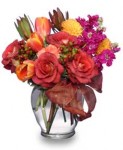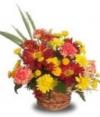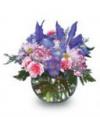Ask the Expert: what kind of insecticide should I use ?
what kind of insecticide should I use for scale and aphids on my peace lily and how do I apply it? Is there anyway to keep this from happening again? Carol
Plant Expert Reply:
For Aphids and mealybugs I usually recommend a Resmethrin based insecticide. Fertilome makes one called Whitefly & mealybug killer that works well on most houseplants. This product comes in a ready to use (RTU) form and you can spray it directly on the plant. For peace lilies I would begin with a very light misting. Peace lilies are sensitive to many chemicals and any application should be done lightly to minimize any phototoxcity. Keeping the moist level of your peace lily constant and nutrient happy will help reduce insect infestation. Diligence is the key. Keep an eye out for any indication that the insects have come back and treat appropriately.


 Find Your
Find Your 







